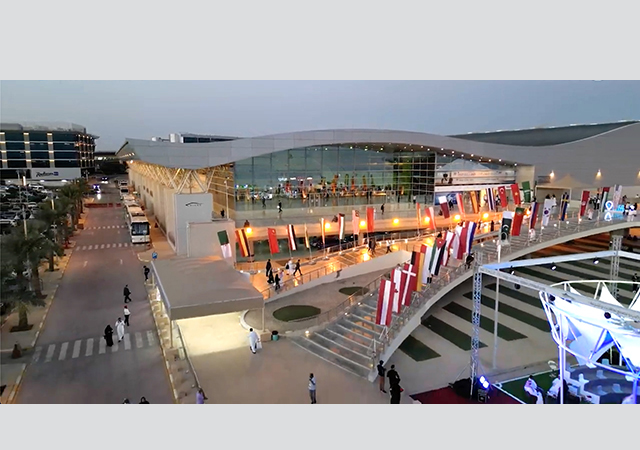
 Siporex blocks ... helped reduce the deadweight of the structure.
Siporex blocks ... helped reduce the deadweight of the structure.
AUTOCLAVED aerated lightweight concrete (Siporex) blocks have helped reduce the deadweight of the structure and also enhanced the “green” ratings of the Dhahran Tower, says Lightweight Construction Company (LCC Siporex), the Saudi-based manufacturer of Siporex blocks.
The company has supplied 38,000 sq m of Siporex blocks for all external walls and some internal walls of the prominent landmark in the Eastern Province. Siporex blocks for the external walls have been finished with aluminium sheets while internal surfaces have been plastered and painted.
“This building is one of our important projects not only because of its strategic location along the Al Khobar-Dammam Highway but also because it is the tallest residential tower in the kingdom,” says Dr Kamal Abu Arja, sales and technical manager for LCC Siporex.
The company started delivery of the blocks in 2007 and completed supply this year.
“The client chose Siporex blocks because of their lightweight property in order to reduce the structural deadweight of the building and because Siporex is a ‘green’ material,” he adds.
Siporex is used as a load-bearing structural material generally for one-, two- or three-storey buildings. It is available in the form of lightweight blocks and reinforced precast units for walls, lintels, floor and roof slabs, forming a complete building system with characteristics suited to the extreme climate of the Middle East. It has superior insulation properties against temperature variations, sound penetration and fire.
 |
The material has unique properties not found in traditional building materials, says Dr Abu Arja. “It has all the advantages of a precast system, eliminating the need to mix, place, and cure concrete on site as well as shuttering and reinforcing steel fabrication.
“Since Siporex is manufactured under laboratory-controlled conditions, it also eliminates the need for site tests. The quality of Siporex products is assured by the strict production controls in compliance with the requirements of ISO 9001:2008.
“Moreover, Siporex weighs only a quarter of the weight of conventional concrete, that is, 550 kg per cu m nominal dry density. Due to this lightweight property, the foundation loads are reduced, resulting in big savings in the overall construction cost especially in areas with poor soil-bearing capacity. And due to the reduction of seismic loads, Siporex buildings have high resistance against seismic forces.”
The fire-resistance feature of the material exceeds ASTM requirements, he says, adding that a 150-mm-thick panel can resist direct flames for seven continuous hours.
 |
Siporex ... used on prestigious projects in the kingdom including the Anwar Al Madinah Moevenpick in Madinah. |
Another major advantage of Siporex is its excellent thermal insulation property. “It is the only building system classified by the Saudi Electricity Company (SEC) as a structural insulation material,” Dr Abu Arja claims. “This is reflected in considerable savings in electricity consumption and improving indoor comfort. With Siporex, you can be assured of protection against all types of weather throughout the entire year.”
In addition, the lightweight concrete material has high durability. Siporex panels are supplied with anti-corrosion steel reinforcements and are not affected by the harsh environment. “They remain stable and do not degrade. Siporex buildings that were built in the kingdom more than 20 years ago and are still currently under use are testimony to this claim,” he says.
Another important aspect of Siporex is its environment-friendliness. Dr Abu Arja elaborates: “It is ecologically harmless, as it does not contain gases or fibres, and is healthier than other conventional materials.
“The manufacturing process of Siporex involves less wastage and does not produce pollutants or toxic by-products. It is made from widely-available local, natural and environmentally-safe raw materials, and consumes only 20 per cent of the raw material needed for conventional concrete. Manufacturing Siporex consumes only 50 per cent of the energy needed in producing conventional concrete. Besides, all the waste produced during the manufacturing process is fully recyclable.”
There are other qualities that classify Siporex as a green material – as it saves energy by increasing the energy efficiency of the building envelope.
“For a standard villa, Siporex saves about 40 per cent of the energy, which is equivalent to 60 per cent of the cost, because of SEC’s electricity consumption pricing bracket system,” he says.
In addition, it reduces indoor temperature fluctuations and heat radiation; does not decompose and or emit toxic gases or vapours, especially when exposed to fire; is non-flammable; is inorganic, impervious to rot, insects and other pests; contains no fibres or other harmful substances; and does not emit any contaminants such as VOCs (volatile organic compounds).
This apart, it saves cost initially for large projects and running costs, due to less maintenance and less energy consumption.
“All this adds to an improved indoor environmental quality and comfort. And above all, the application of Siporex helps the user earns points towards Leed (Leadership in Energy and Environmental Design) certification,” says Dr Abu Arja.
LCC Siporex, established in 1977, has its head office in the Second Industrial City of Riyadh, with branch offices in Jeddah and Al Khobar.


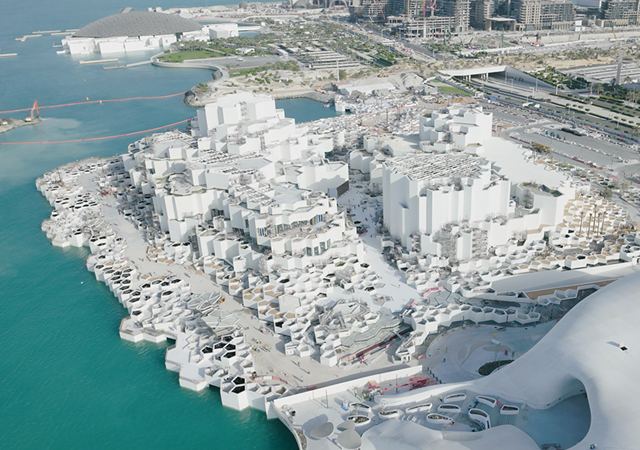


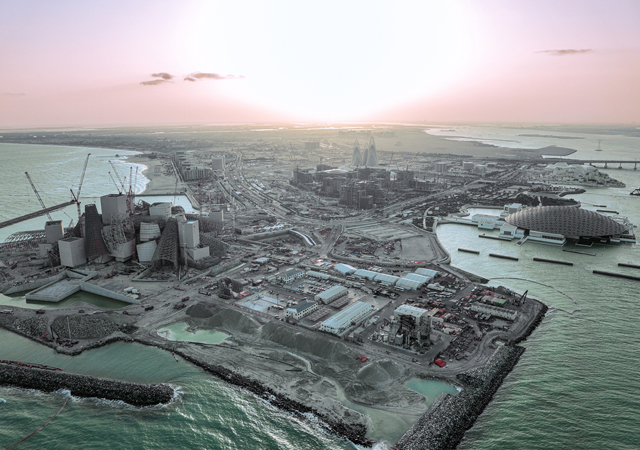

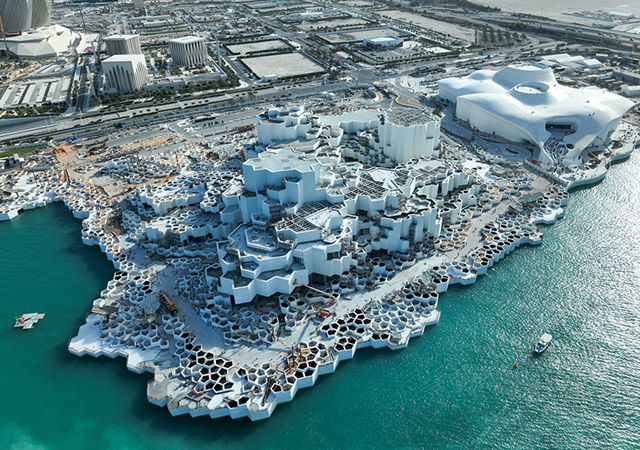
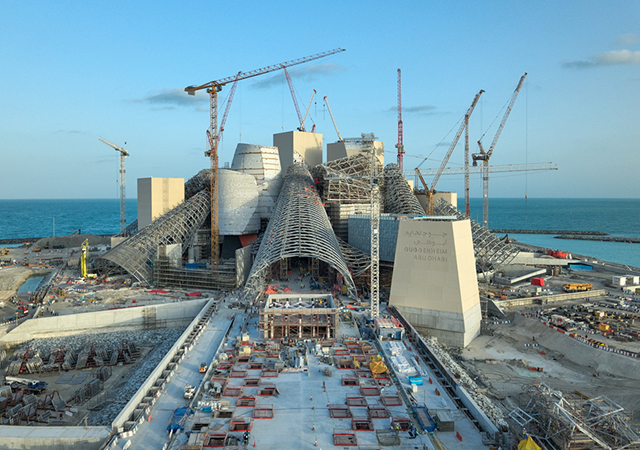
.jpg)
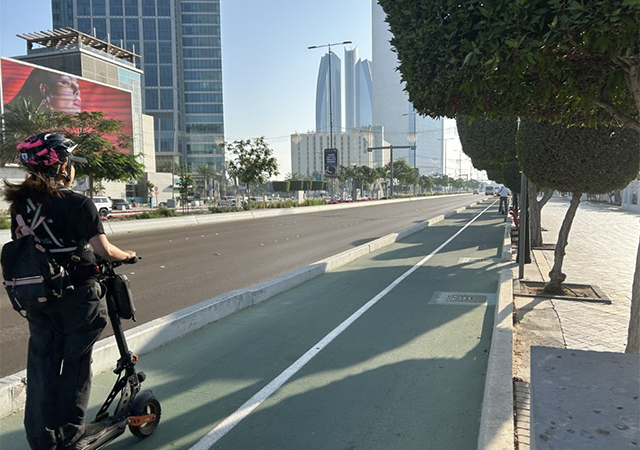
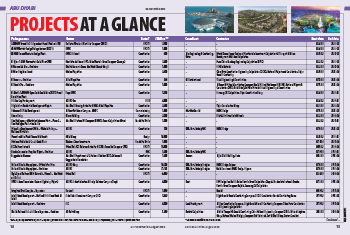
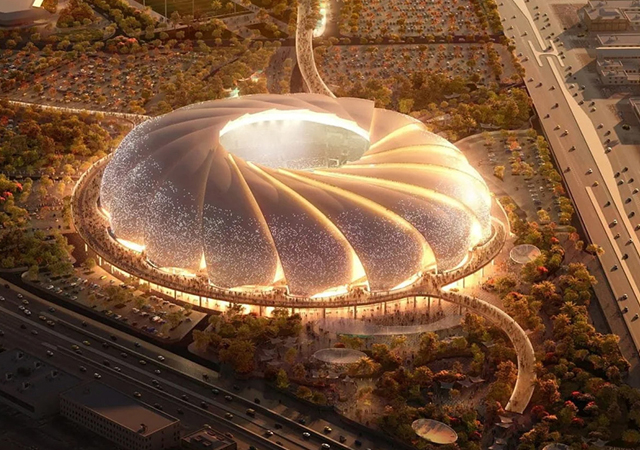
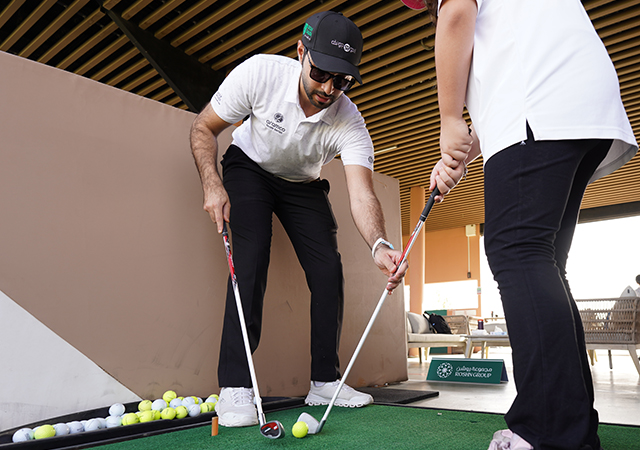

.jpg)
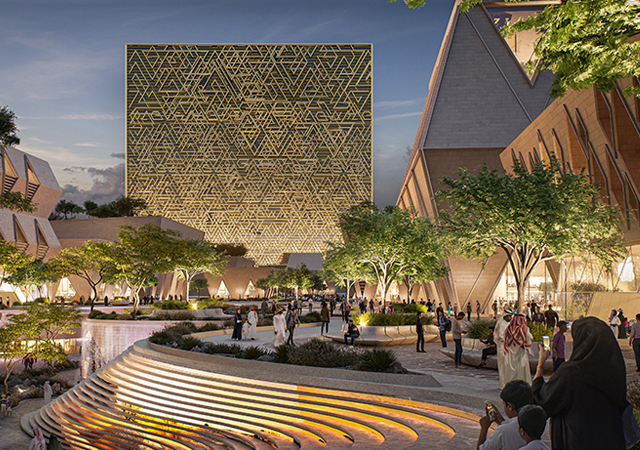
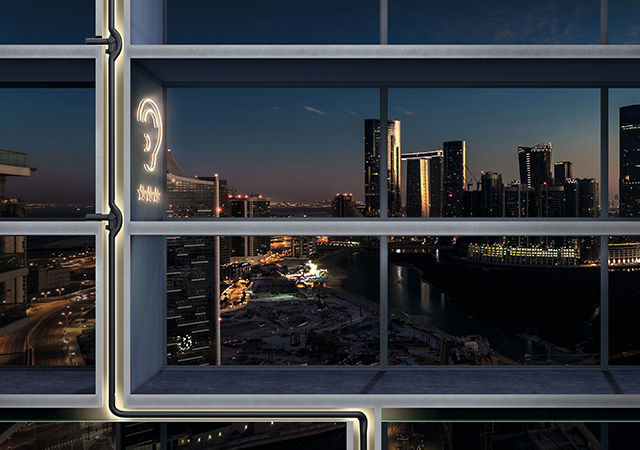

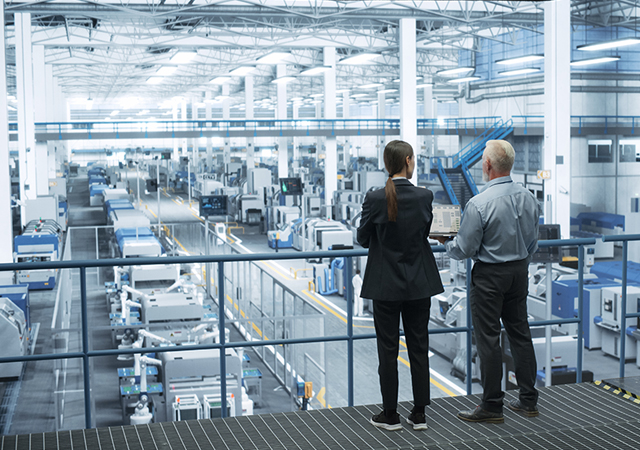
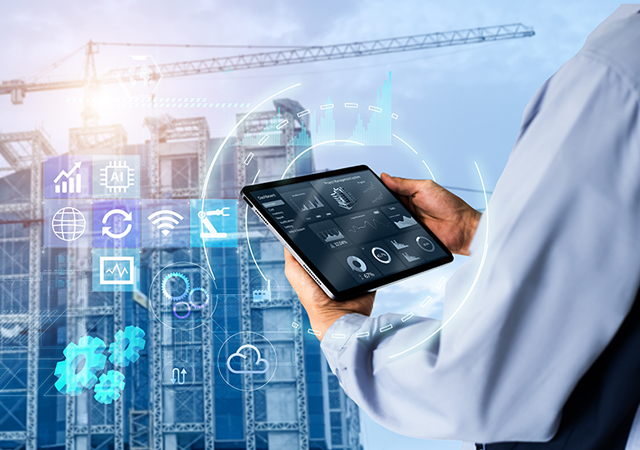
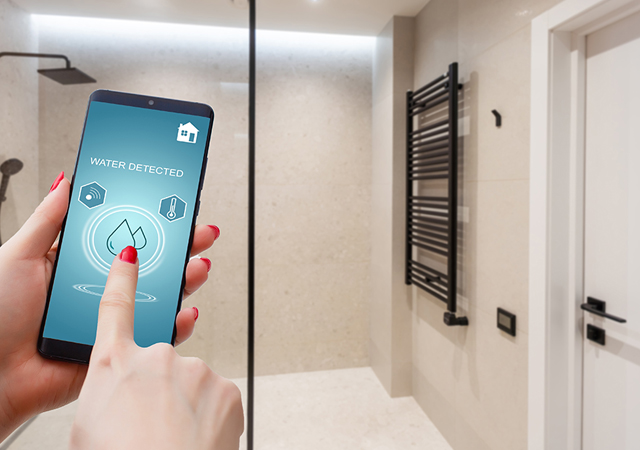

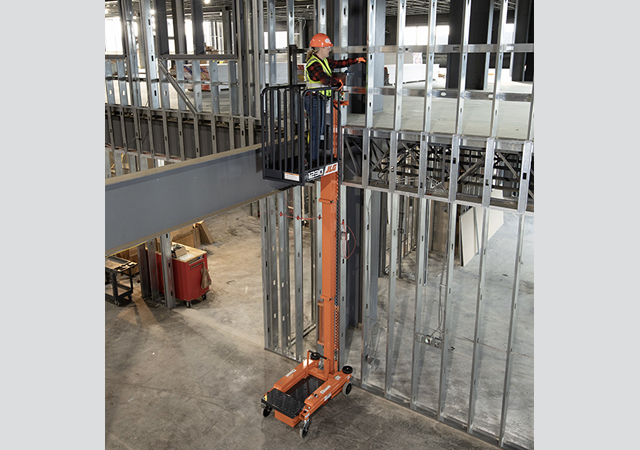
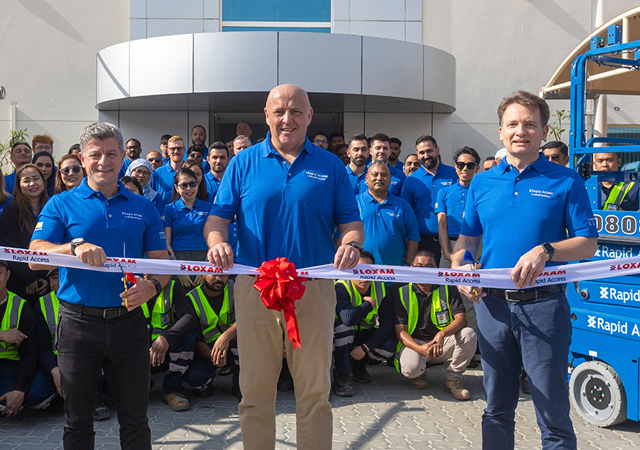
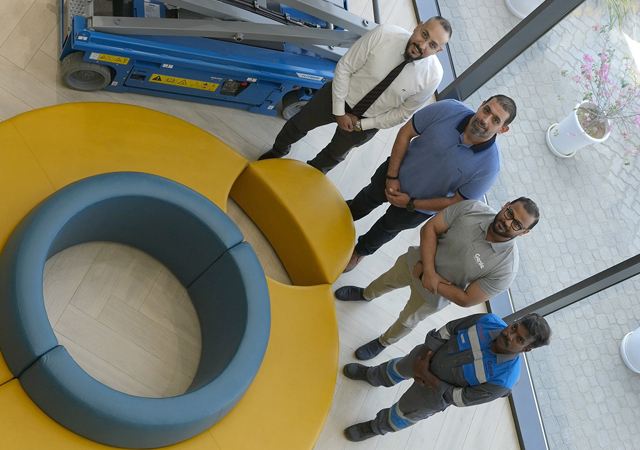

Doka (2).jpg)
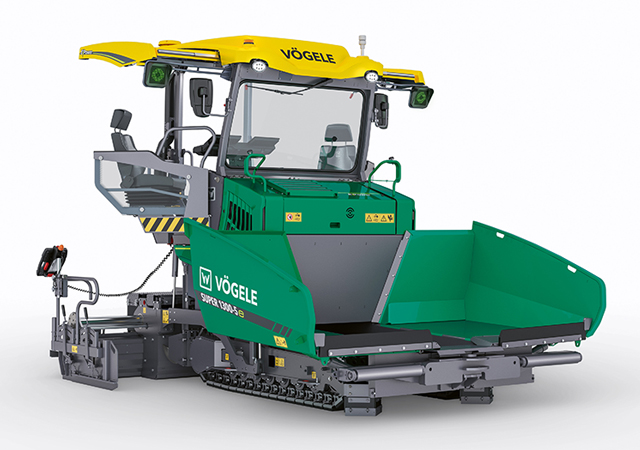
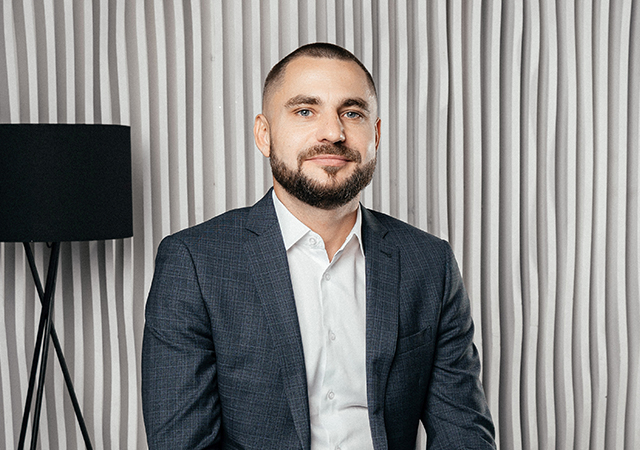
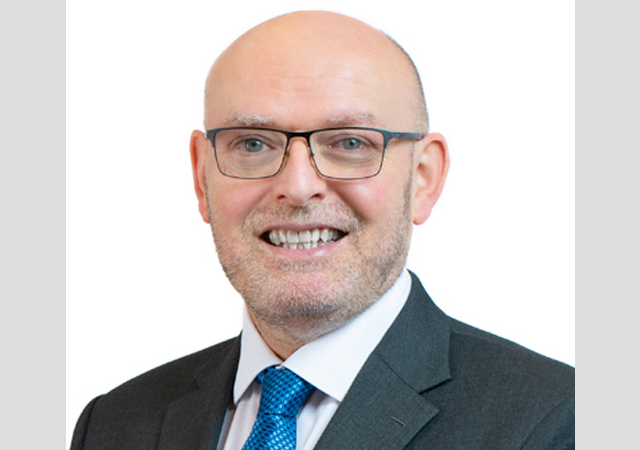
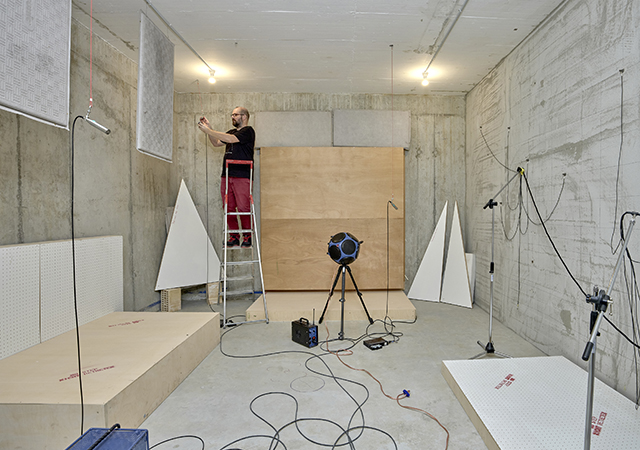

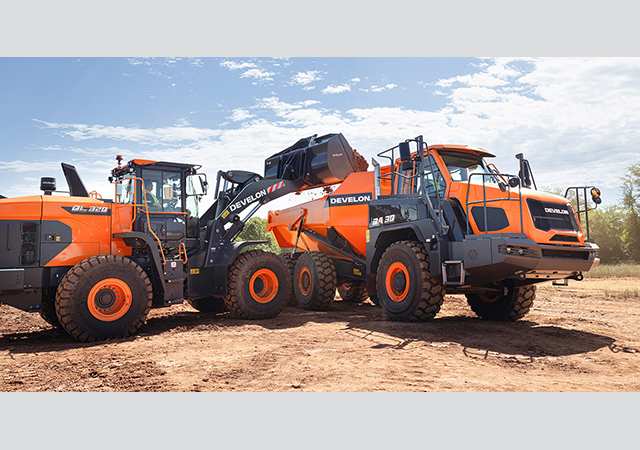
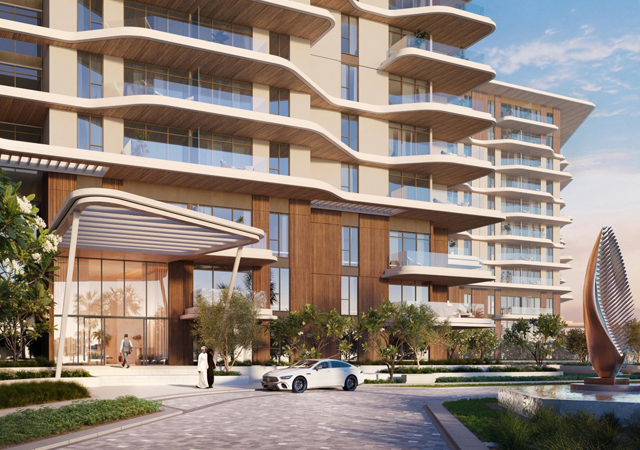



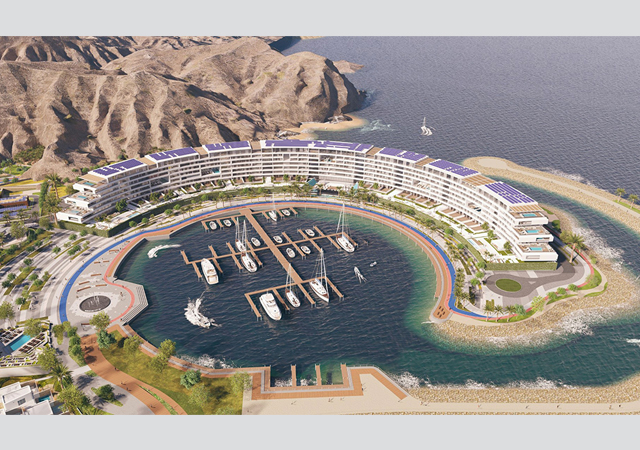
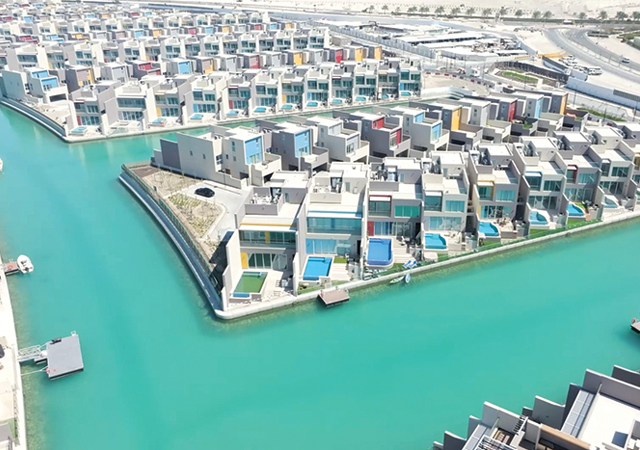

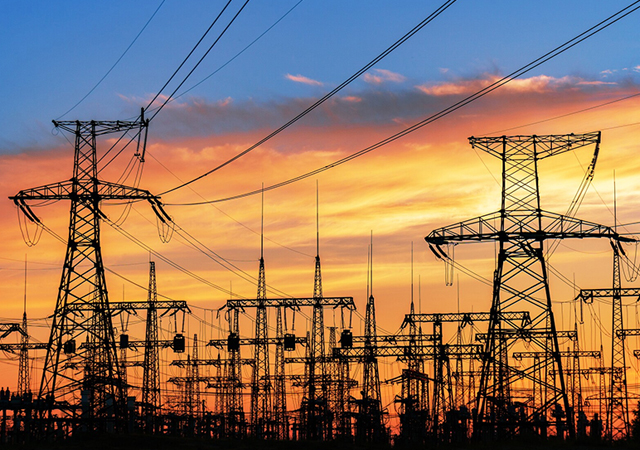
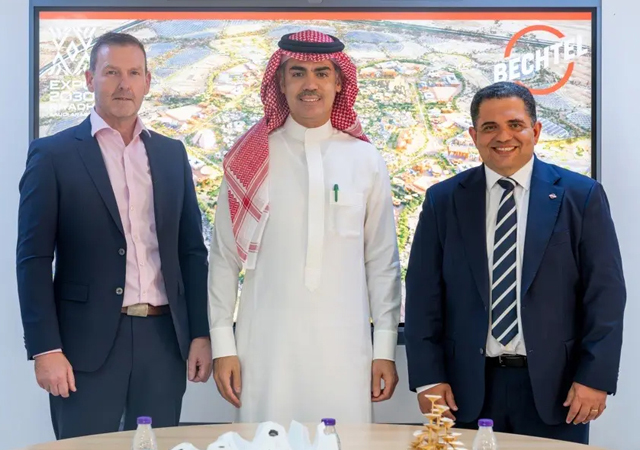
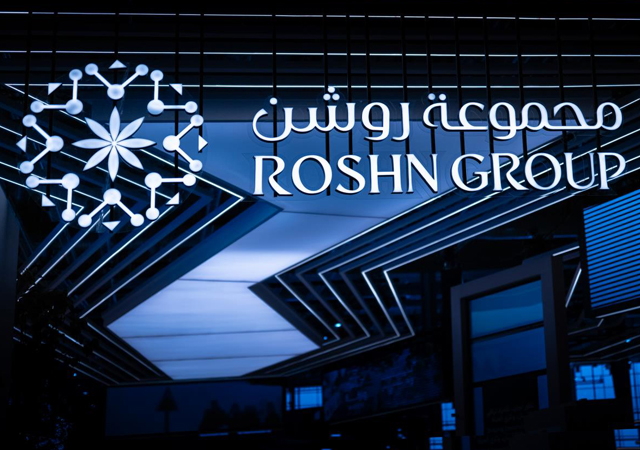
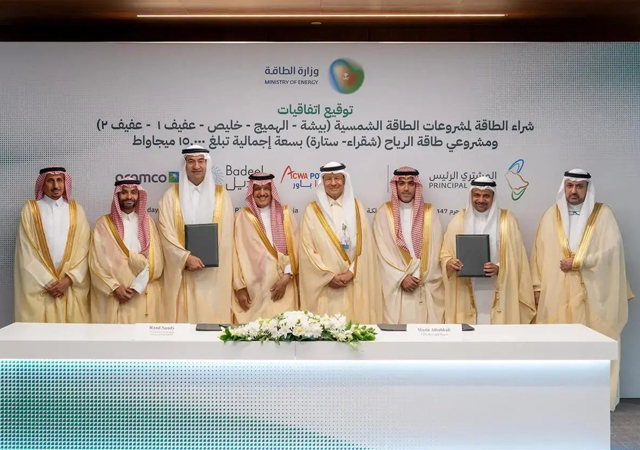
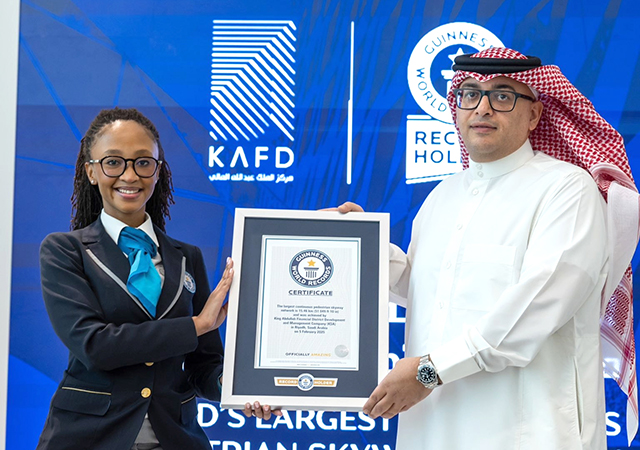
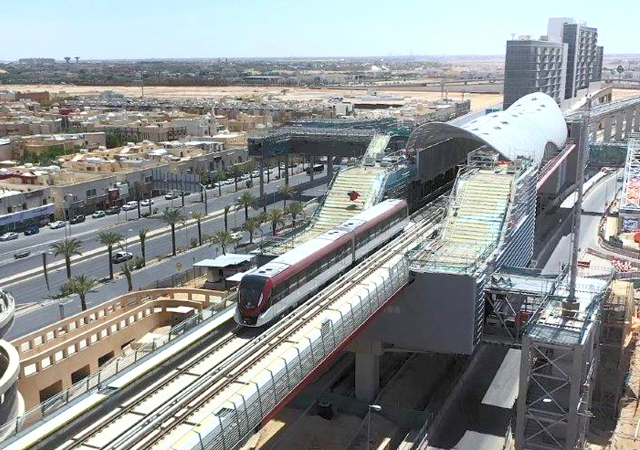
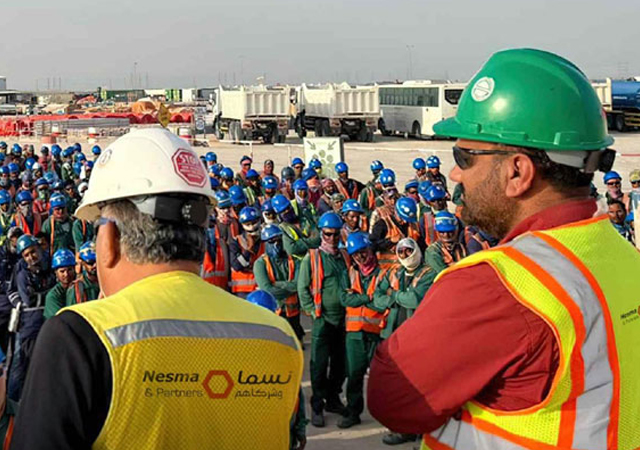
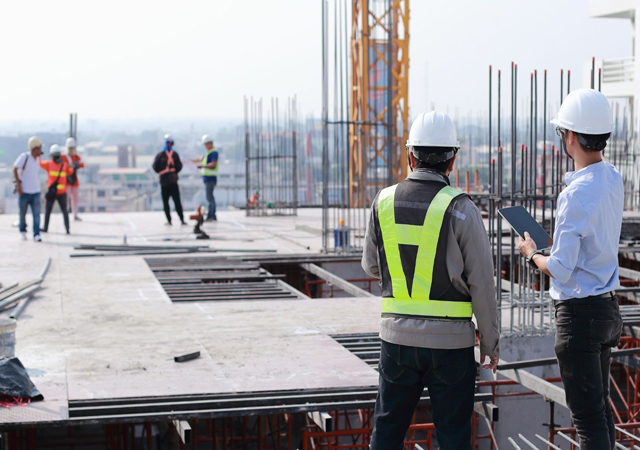

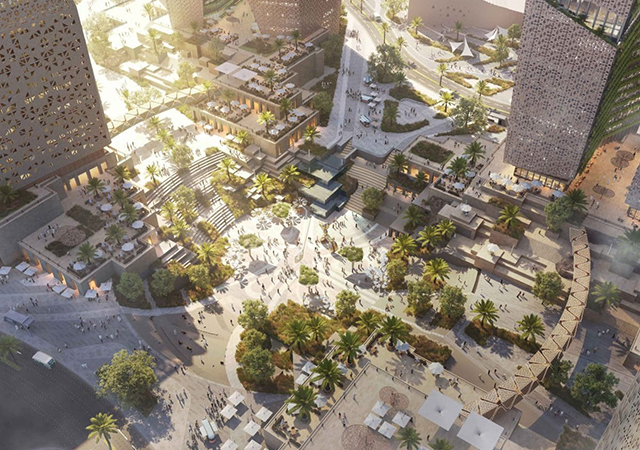
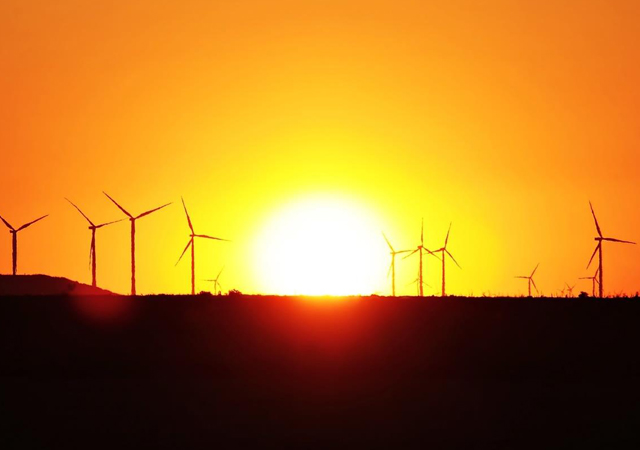
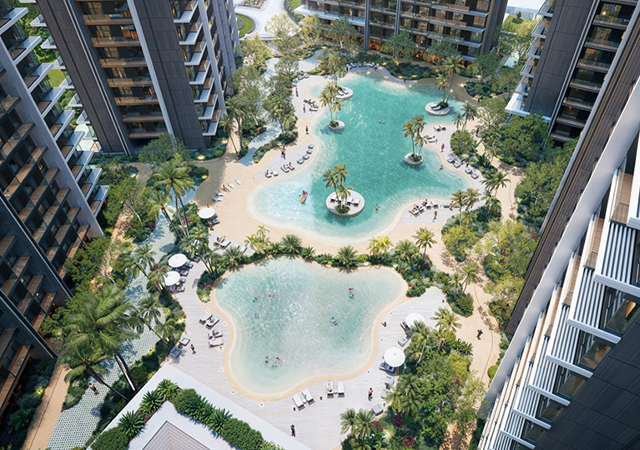
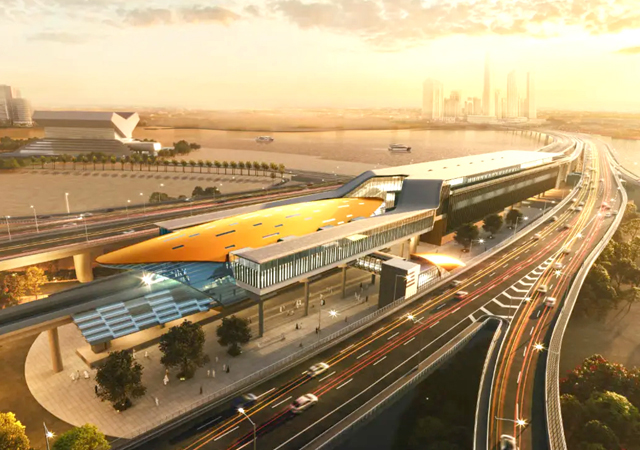
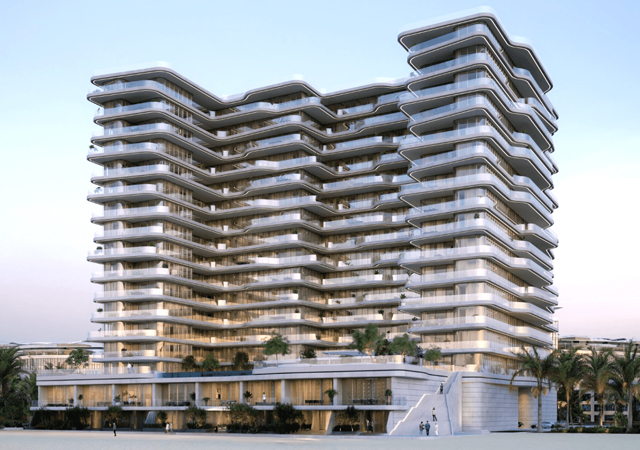
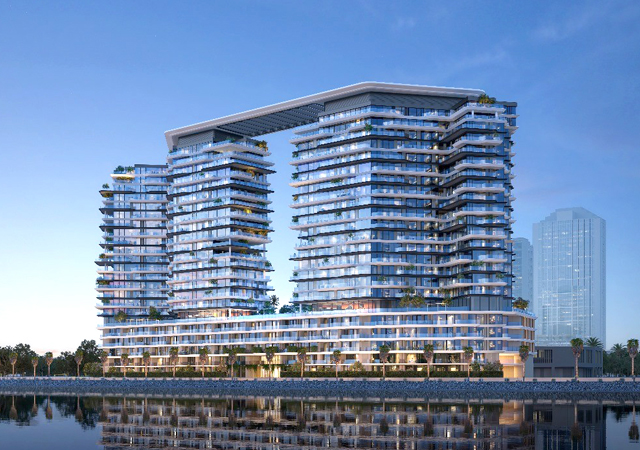
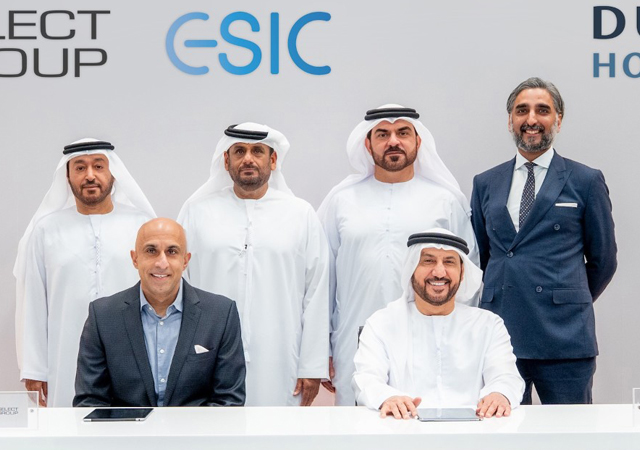
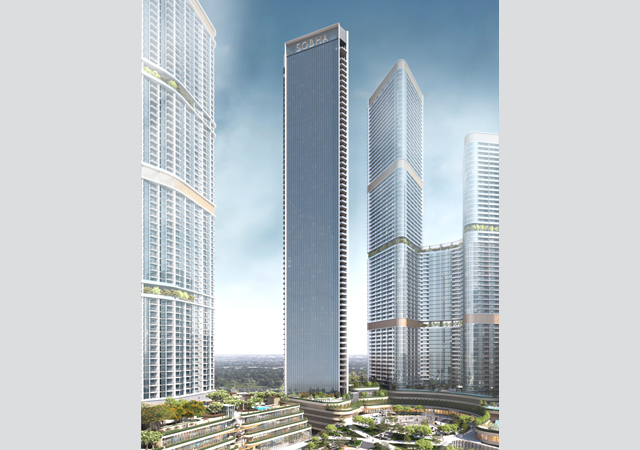
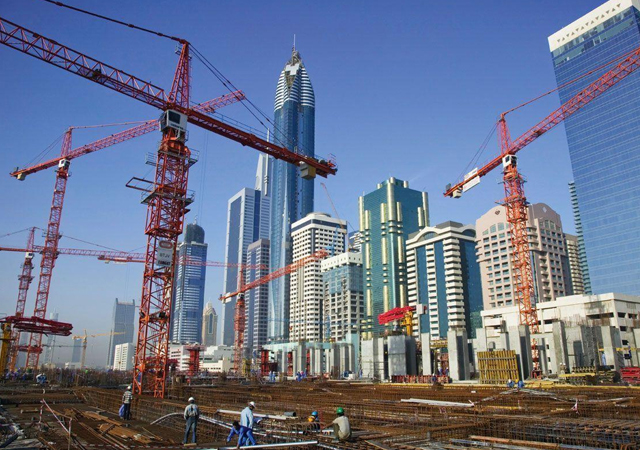
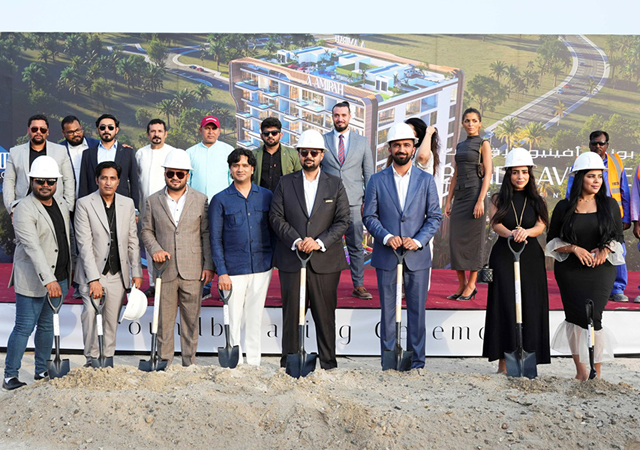
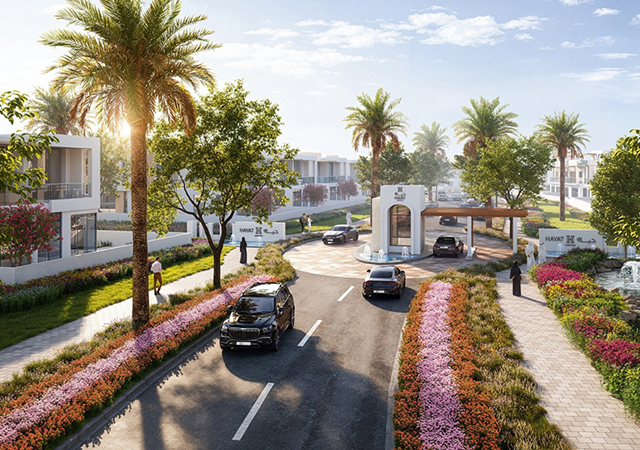
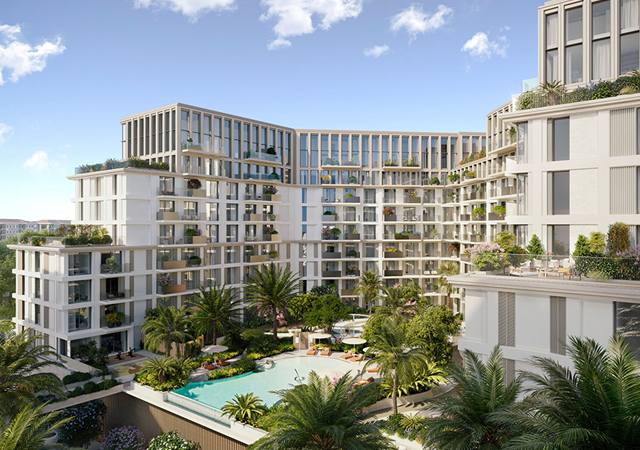

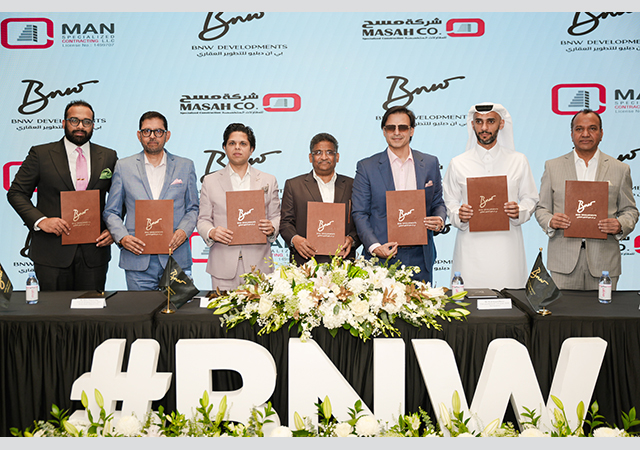

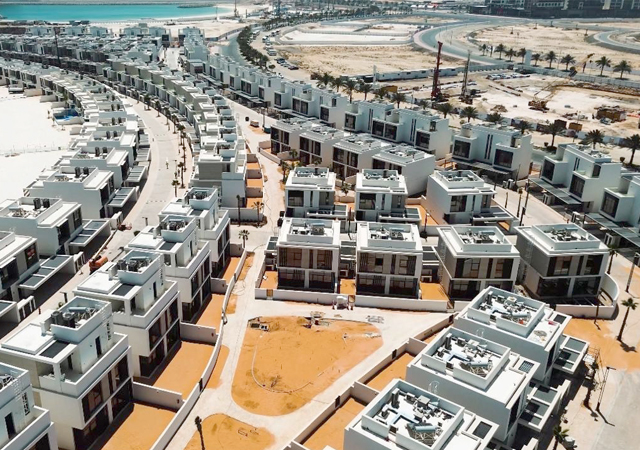
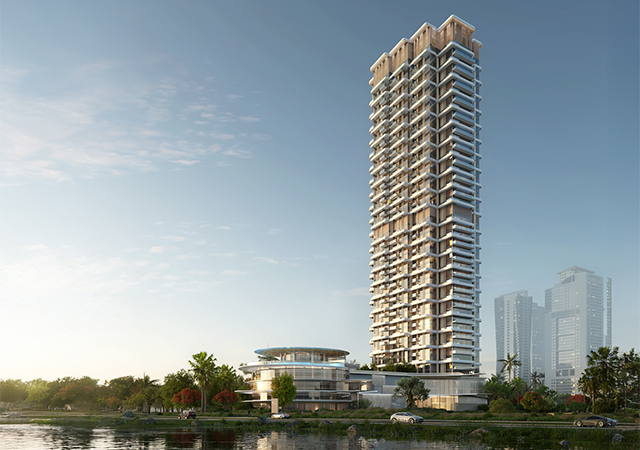
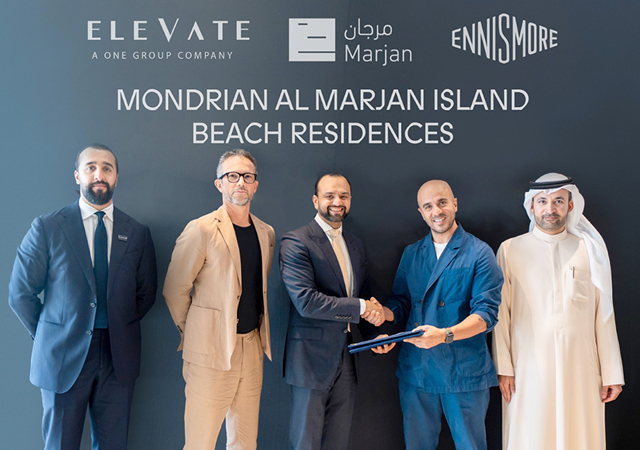
.jpg)
.jpg)
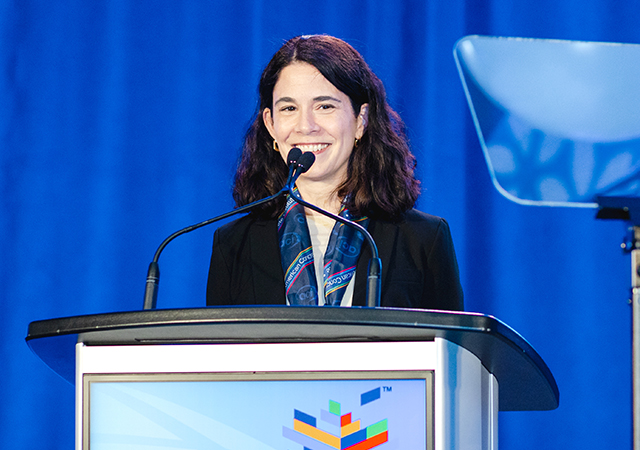
.jpg)
